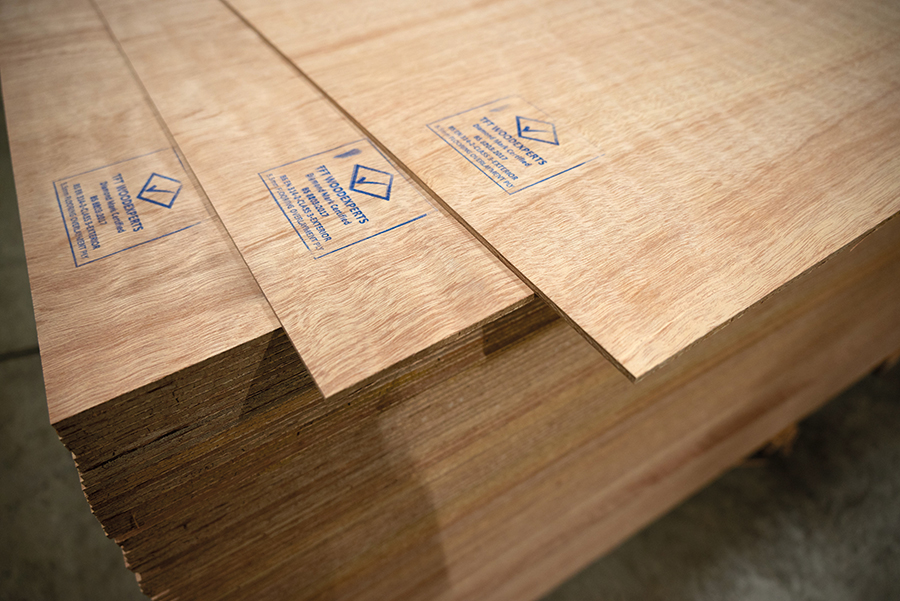PETER Clifton, from PERI, importer of plywood flooring, raises some questions and offers his expertise on what to look out for when choosing plywood subfloors.
What’s the true grade of your plywood subfloor?
There’s still some misunderstanding when it comes to procuring the correct grade of plywood to use as subfloors, says Peter.
‘For many years, ‘hardwood’ plywood products have been available in the UK market, many of which are suitable for various building applications, but not necessarily for subfloor underlays. They can be inexpensive, but there’s a reason for this. Their glue line may only deem them suitable for interior non-moisture areas, but even those using exterior glues may have a construction that allows for multiple core voids or overlapping veneers, and the face veneer can be as thin as 0.3mm thick after sanding’, explains Peter.
He adds: ‘All these characteristics can contribute to a degree of failure, such as bond failure, telegraphing through overlays and blistering, none of the things you want to experience when laying an expensive overlay like LVT.
The CFA’s guidelines, along with good quality flooring overlay producers, recommend BS8203:2017-annex A-flooring grade plywood guidelines as the ‘go to’ standard when preparing a substrate using plywood. The specification for flooring grade plywood calls for a glue bond equal to EN314-2 Plywood-Bonding Class 3, face veneers with a minimum of 0.75mm before sanding, some 2.5 times thicker than ‘standard’ plywood products, and no overlapping veneers. All of this makes for a robust, durable substrate.
Manufacturers of LVT, adhesives and similar products welcomed this addition to the BS 8203 standard. The industry standard provides reassurance that associated products are used with plywood that’s tested, approved and fit for purpose.’
How do I know if I am buying the correct grade of plywood?
If the cost of plywood is low, there’s probably a reason for it. To assure you of a consistently high-performance product, such as flooring grade plywood, genuine producers seek third party accreditation and certification, with regular testing conducted on the boards, says Peri. The selection of suitable veneers and the attention to detail given during the manufacturing process adds to the production costs which influences the final price to the consumer. The product may seem expensive, but is it worth taking shortcuts when installing a high-performance overlay?
Choosing a product without assurance and reference to the guiding standards can be costly as there’s no guarantee the product will perform as required.
Peter says: ‘Challenge your supplier to provide evidence of the product’s suitability. Genuine flooring grade plywood will be stamped on one face, demonstrating its compliance with BS8203, marked ‘flooring underlayment ply’, and referencing a third-party assurance. Documentation should be available from the producer/importer to further demonstrate the product’s compliance.’
01277 582017
flooring@peri.ltd.uk


